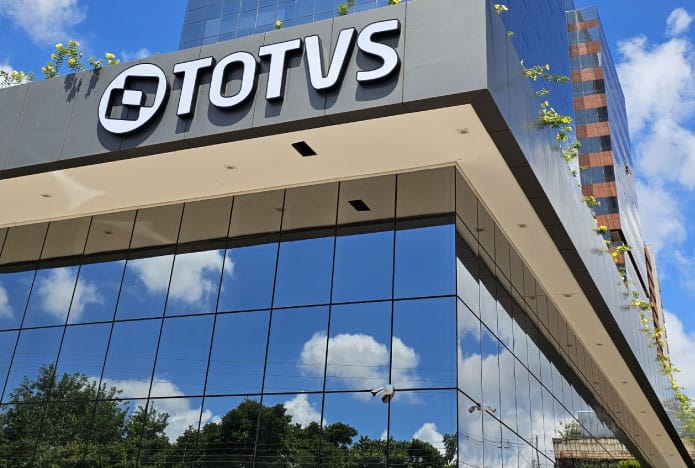With the end of January, the prospects for e-commerce in the coming years have become increasingly solid. Online commerce is one of the fastest-growing segments, with 56% of Brazilian consumers stating that they make more online purchases than in physical stores, according to Opinion Box research.
Pointing in the same direction, the 2022 FIS Global Payments Report reveals that the online sales market is expected to grow by 55.3% by the end of next year, surpassing the US$ 8 trillion mark in transaction value. In Brazil, the scenario is the same, with a projected growth of 95% over the period, potentially reaching US$ 79 billion.
According to Renato Avelar, Co-CEO ofA&EIGHT, high-performance end-to-end digital solutions ecosystem, the beginning of the year marks a milestone for e-commerce to seize the opportunities of the next cycle. "This transition moment is crucial for planning and implementing changes that meet consumer expectations. By evaluating the market beforehand, brands that invest in innovation, personalization, and responsible practices will have a better chance of leading the sector in 2025," he/she/they opine.
With that in mind, the executive listed the top 5 trends for the e-commerce market in 2025, which should also be followed in subsequent years. Confira:
Return of pragmatism in decision-making
The high overall cost of capital acquisition significantly impacts retail, and decisions will increasingly be based on ensuring return on investment. "There are many disruptive technologies and innovative methodologies, but executives should focus on what truly moves the needle of their e-commerce, always keeping an eye on the bottom line, that is, the key factor that genuinely causes a significant impact on revenue or the acquisition of new customers," explains Avelar.
Retail media as a profitability lever
"Transforming traffic into revenue is essential, and for that retail media is crucial, as it leverages physical and digital infrastructures to sell advertising space to brands, generating high-margin revenue and optimizing the use of first-party data," emphasizes the executive. In other words, retailers expect a 10% increase in revenue from retail media. However, the contribution margin of this source can exceed 6%, which has the potential to double the profit of a retail operation with only a 10% increase in revenue, making it highly profitable and beneficial for the brand as a whole.
Omnichannel focused on loyalty
Omnichannelity is another strong point for retail in the coming years, especially in 2025. Avelar details that this channel integration helps to foster customer loyalty, allowing customers to access a wider range of options to search for products and complete their purchase. However, the focus on loyalty requires a robust and integrated CRM, with a single data source and a 'composable marketing' approach, which means 'combinable commerce,' that is, a modular approach to building and enhancing online stores, allowing for consistent and personalized experiences across all channels, according to the co-CEO.
In this way, e-commerce can use specialized systems and only pay for the services they actually use in the operation, optimizing processes and costs, he concludes.
AI for process automation
Artificial intelligence already plays an important role in e-commerce today, but the trend is that technology will take on an even greater protagonism in personalized service in 2025, an essential element for brands to attract and retain customers. According to Avelar, the market is waking up and understanding that AI is not just for chatbots. "Artificial intelligence will be essential for automating complex integrations and standardizing data, improving operational efficiency and optimizing inventory, marketing, and customer service," he explains.
Union of retailers, creation of digital catalogs and investment in own channels
In the digital environment, it is already possible to observe the movement of major retailers who are joining forces, integrating seller catalogs to offer greater variety and compete with global marketplaces, creating a stronger and more efficient network, such as Magalu and AliExpress. Currently, marketplaces account for approximately 75% of the national e-commerce market, demonstrating the strength and impact of the sector in the country.
For Avelar, marketplaces in the country have been built on a basis similar to an oligopoly, dominating the sector and shaping commerce. "The brands that sell on marketplaces realize that the situations are becoming increasingly unsustainable, that is, being a seller means being 'at the mercy' of high fees, unsustainable profitability models, and losing the greatest asset an e-commerce can have, which is the customer," reflects the executive, who adds, "retailers and brands are starting to see this issue as a risk and a loss of assets. Marketplaces typically account for more than 60% of online sales for e-commerce businesses, and 40% of sales or even less are through their own channels. Therefore, to regain control, companies need to reverse this situation by better distributing their catalog across marketplaces in a diluted manner and increasing investment in their own channels," concludes the expert.











